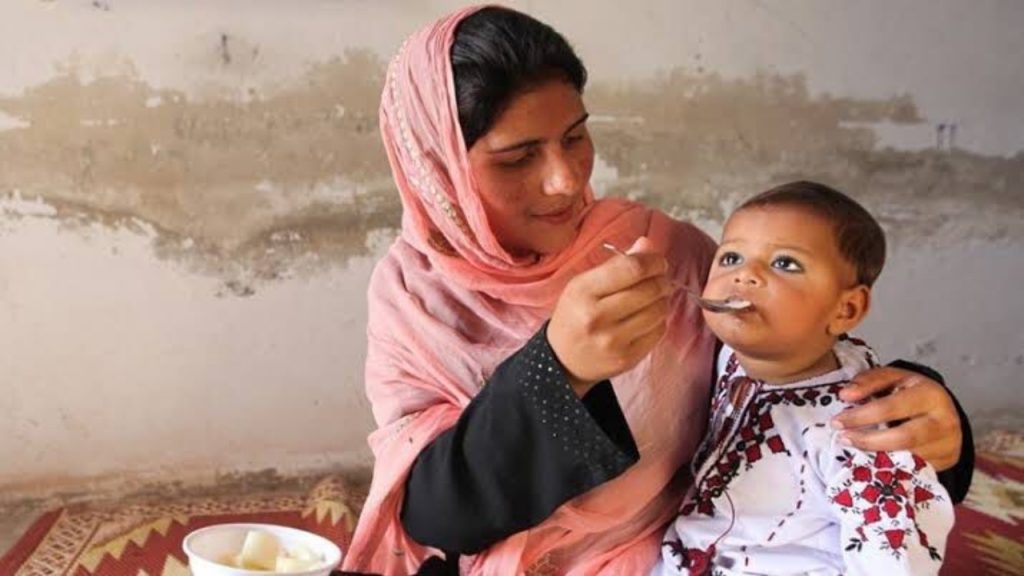Among developing countries, Pakistan has one of the highest prevalences of child malnutrition in South Asia. According to the National Nutrition Survey, 2018, 40.2 per cent of children under five are stunted, while 17.7 per cent are wasted. Children are commonly deficient in vitamin A, vitamin D, zinc, and folic acid. Alarmingly, 49.1 per cent of children between the ages of six months and 5 years suffer from iron deficiency. A similar survey in 2011 showcased 43.8 per cent of children to be anemic or iron deficient. It goes to show that in the seven years since the research, nothing was done to address this problem in Pakistan.

The iron requirement of a child’s body is usually higher for the initial two years when growth is rapid. This is the time when the human body consumes the highest amount of iron. Therefore, any depletion of iron at this stage could result in growth retardation, resulting in impaired cognitive and physical activity. In extreme cases, it even leads to early death. Moreover, children or adults deficient in iron feel tired, lethargic, and fatigued most of the time, which interferes with their daily routine, resulting in a social cost visible in terms of loss of productivity and poor academic performance. In short, in the longer run, iron deficiency or anemia could adversely affect a country’s GDP due to dysfunctional human resources.
Deficiency of iron is a condition in which an individual’s blood suffers from a lack of sufficient red blood cells. The role of red blood cells is critical in transporting oxygen to the body tissue.

Apart from children, women, and adolescents of childbearing age are highly vulnerable to premature deaths due to iron deficiency. Moreover, the micronutrient deficiency in women is the most significant cause of complicated pregnancies and the birth of malnourished children later in life.
Since iron deficiency could cause a country billions of dollars of economic loss, it was natural that political parties would include the challenge of malnutrition in their manifestos. However, unfortunately, not much has been done in this area. To begin with, two things are of critical importance to bridging the iron gap. One is imparting education to adults about an infant’s diet, which should include iron-rich items like apples, egg yolks, spinach, and cereals. The second is to fortify milk and cereal products with iron for children up to three years. Iron-fortified milk at the right age is extremely important for supplying required iron to the human body.

There are other means through which the nutritional value of food can be enhanced. For example, the field of iron fortification has experienced stupendous growth to address iron deficiency without compromising on the taste of the food and beverages. Referred to as ‘iron-plus’, these improved iron sources have increased the absorption of iron in the human body by three times. The latest ‘Global Fortification Data Exchange’ data, figures food fortification intervention has shown positive results in most countries.
Countries like Pakistan can take advantage of this scientific research to eradicate iron deficiency and malnutrition. A Diet analysis conducted in 2016 revealed that 67.6 per cent of households in Pakistan were hard put to eat a nutritious diet with their current food budget. Therefore, a joint initiative by the government, food industry, and citizens is required to bring up a healthy generation.

This article is sponsored.







